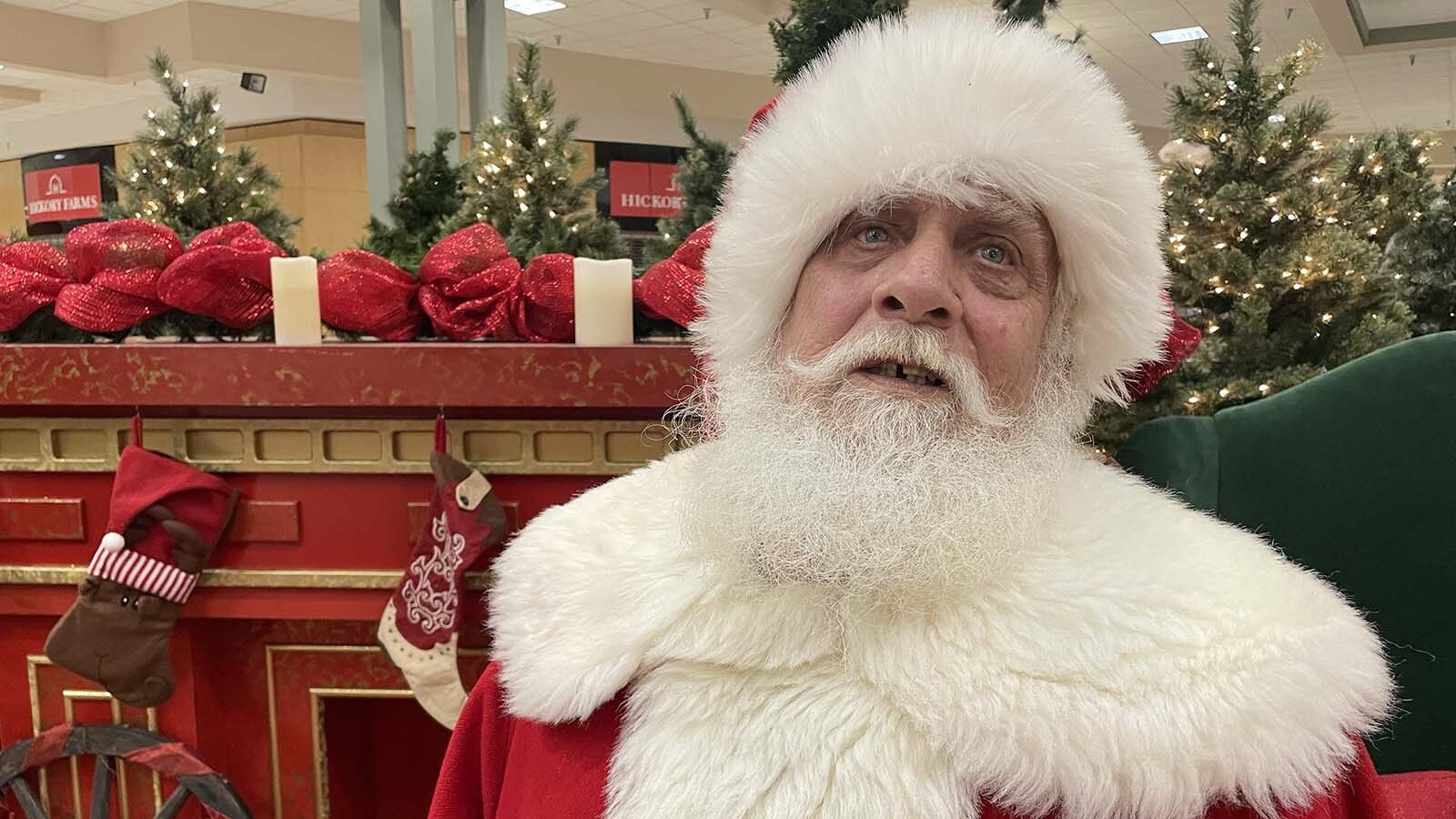Cold enough for you? Stop griping, it’s not like it’s minus 66 or anything.
That’s the lowest temperature that’s ever been recorded in Wyoming, reported at the Riverside Ranger Station, 4 miles east of the western boundary of Yellowstone National Park, on Feb. 9, 1933.
Nevertheless, the last few days have been extraordinarily cold. Yellowstone National Park set the bar very low, with a bone-chilling minus 40 recorded at Old Faithful on Monday, while residents of Bondurant woke up to a chilling minus 36.
“It was a bit colder than we anticipated,” said lead meteorologist Richard Lowe with the National Weather Service (NWS) office in Riverton. “The skies cleared quickly west of the Continental Divide, so that’s why temperatures dropped further than we thought.”
That’s probably what people were saying in tiny Moran, Wyoming, on Feb. 9, 1933, when it hit minus 63. That would’ve been a record except for the minus 66 posted that same day in Yellowstone.
Or on the Darwin Ranch on Feb. 10, 1981, when it hit minus 62, according to NWS archives.
On the list of close, but no cigar is the minus 57 degrees recorded Feb. 8, 1929, in Bondurant and the minus 55 in Dixon in January 1963.
Wyoming's record also is the third-coldest state mark ever recorded in the United States, according to the National Centers for Environmental Information. The No. 1 spot is Alaska, where it hit minus 80 in the Prospect Creek Camp on Jan. 23, 1971. The second coldest was our northern neighbor, Montana, where it was minus 70 on Rogers Pass on Jan. 20, 1954.
It Was THAT Cold
The NWS office in Riverton posted the lowest temperatures reported between Sunday night and Monday morning. Dozens of communities throughout west-central Wyoming experienced temperatures between minus 20 and 40, with Yellowstone being especially cold.
Lake Yellowstone reached minus 33, while the Northeast Entrance outside Cooke City, Montana, got as low as minus 37. Lowe said it didn’t just feel that cold — it was that cold.
“These were actual air temperatures, not wind chills,” he said.
Cowboy State Daily meteorologist Don Day said he wouldn’t be surprised if there were colder places within Yellowstone.
“There's not a lot of weather sensors in Yellowstone,” he said. “I'm sure there were other parts of Yellowstone that were colder. There just weren’t thermometers there.”
Very Cold Valleys
Wyoming’s weather impacts depend on elevation. However, where high elevations generally freeze first, stay coldest the longest and receive more precipitation, Day said the coldest air always settles in the lowest places.
“Cold air always goes to the lowest point of gravity because it's heavier than warm air,” he said. “When you get snow-covered valleys, the cold air will go to those lowest points.”
Day said anyone can test that for themselves. Just watch the temperature gauge in your vehicle while driving along a highway.
“As I’m driving across the central part of the state, it will be zero degrees at the top of a ridge, then go down to 10 to 20 below when I go lower,” he said. “And that’s all within the space of a few miles.”
The Riverside Ranger Station was built near the ford of the Madison River near West Yellowstone, Montana, placing it in the perfect spot to record Wyoming’s lowest temperature. The structure and station no longer exist, so there’s no way of knowing how cold it got in the state’s coldest spot.
Sunday night was colder because there was no cloud cover. Clouds can serve as a layer of insulation during the winter, so the clearest days tend to be the coldest.
“We call it radiative cooling,” Day said. “With clear skies and light winds, any heat escapes into the atmosphere. The reflective properties of snow exacerbate that cooling. So, when you’ve got snow cover, a clear night, Arctic air, light winds, and snow-covered basins, that’s your recipe for minus 40 in Yellowstone.”
Hard On Everything
January and February are historically the coldest months of the year in Wyoming. Both Day and Lowe said this will not be the last subzero spell of the season, and future surges could get colder.
“It’ll be almost as cold on Monday night as on Sunday night,” Lowe said. “We have another system coming on Friday that’ll sink temperatures back down. It won’t be as cold as we are now, but we’re forecasting well-below-zero temperatures.”
Day said he’ll take heat waves over subzero surges. While smothering summer heat can be dangerous, subzero temperatures are harder on everything and everyone.
“It takes a lot more to get through the cold as opposed to the heat,” he said. “Cold is hard on everything —people, animals, equipment and machinery. When you combine all those factors, I think a cold wave has a much more significant impact than a heat wave. A lot more energy is needed to heat a building or barn or get livestock enough food to generate caloric heat.”
The warm spot in all the cold is that future cold surges will carry more moisture from the Pacific Ocean. This surge was mostly devoid of snow, but weather patterns are getting more favorable for heavier snow.
“The weather will stay busy for the rest of January and into February,” Day said. “There will be more of these funnel systems bringing cold temperatures and higher chances for snow, and they’ll be funneling through the Western U.S.”
There could also be more chances of record-breaking low temperatures. The latest cold spell didn’t sink to such depths, even if it was colder than expected.
“From the temperatures I’ve seen this morning, there was nothing that was kind of out of bounds from what we were expecting,” Day said. “It was pretty severe, but we've seen worse.”
Andrew Rossi can be reached at arossi@cowboystatedaily.com.







